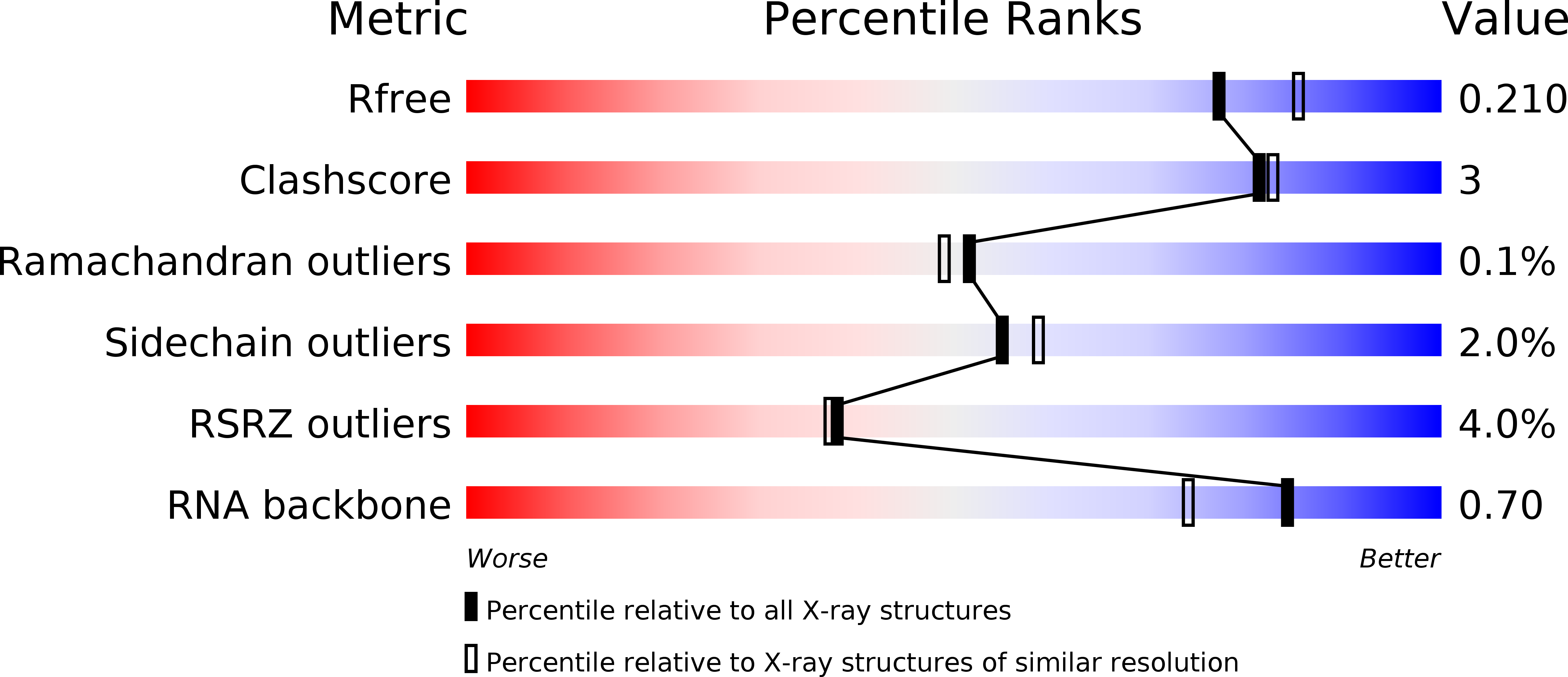
Deposition Date
2017-04-19
Release Date
2017-06-14
Last Version Date
2023-11-22
Entry Detail
PDB ID:
5XH6
Keywords:
Title:
Crystal structure of the Acidaminococcus sp. BV3L6 Cpf1 RVR variant in complex with crRNA and target DNA (TATA PAM)
Biological Source:
Source Organism:
Acidaminococcus sp. (strain BV3L6) (Taxon ID: 1111120)
Host Organism:
Method Details:
Experimental Method:
Resolution:
2.00 Å
R-Value Free:
0.20
R-Value Work:
0.17
R-Value Observed:
0.17
Space Group:
P 21 21 21


